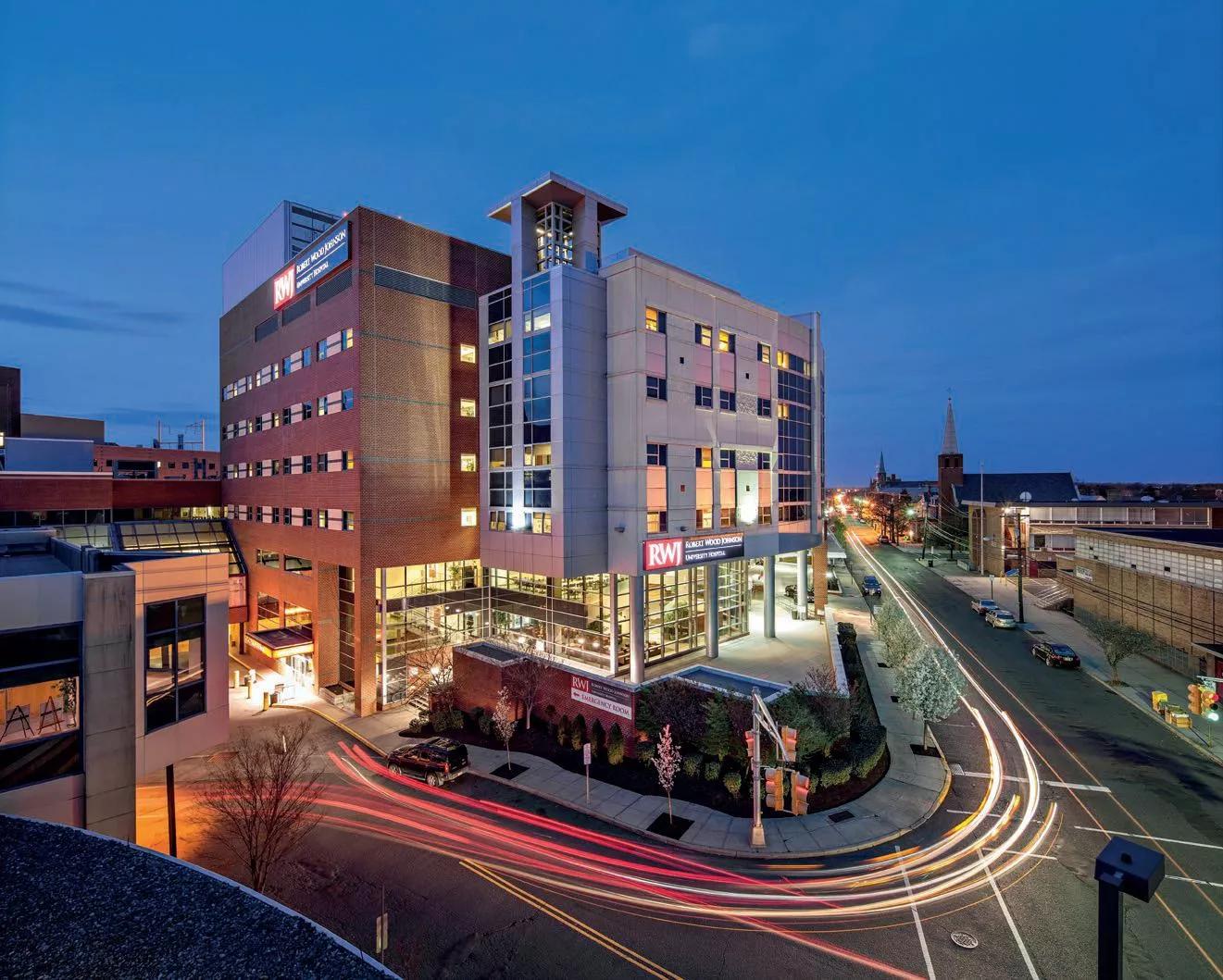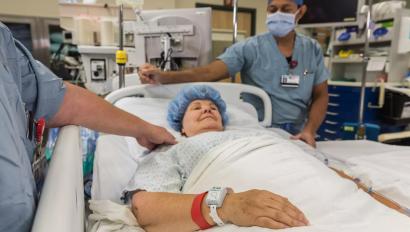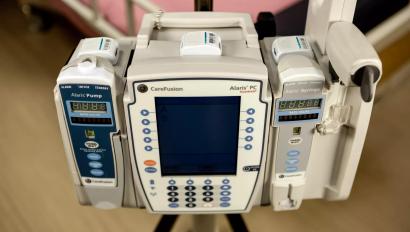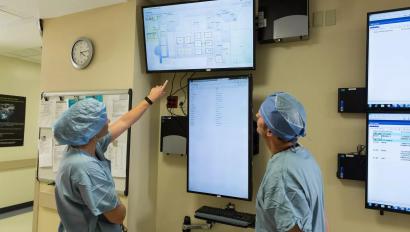Why RWJBarnabas Health went all in on Real Time Location System Technology

Find out how RTLS has transformed the management of healthcare assets at RWJBarnabas Health, New Jersey's largest integrated healthcare delivery system, and kept frontline staff safe – saving $9 million in the process.
Edgar Newell is Assistant Vice President at RWJBarnabas Health, and oversees the RTLS solution across 11 hospitals. We asked him to share his experience with deploying RTLS at an enterprise scale, and what advice he would give to his peers.
Just think about the scope and scale of a major healthcare organization like RWJBarnabas Health for a moment.
We're New Jersey's largest integrated healthcare delivery system, with 35,000 dedicated professionals in 11 acute hospitals and numerous community-based facilities throughout the state, providing treatment and services to more than three million patients a year.
That's big and complex!
Then try to imagine managing the whereabouts of 105,000 individual devices, pieces of equipment, and other assets worth millions of dollars – beds, wheelchairs, heart monitors, ventilators, infusion pumps, and more. Keeping track of all of those, across multiple sites, is a major challenge too!
It's vital that we know where all these things are, so that we don't lose them, and crucially, they're in the right place at the right time for our doctors, nurses, and support staff to care for patients.
When staff go looking for a vital piece of equipment, those lost minutes, when multiplied many times during a typical day across a large healthcare system like ours, can damage productivity, the patient experience, and staff wellbeing.
Changing the game
For the past decade, a key tool that has enabled us to address this challenge has been Securitas Healthcare's Real Time Location System (RTLS) - it has transformed the way we work in so many ways.
Our journey with RTLS began with a ‘crisis' and some good fortune. Fortunately, the ‘crisis' was a simulation of a mass casualty event, when in 2012 the US Department of Defense commissioned a study into the role of technology in a hospital's ability to respond to a major event.
The good fortune for us was that the Robert Wood Johnson (RWJ) University Hospital in New Brunswick was selected as the location for the event, with a grant to trial Securitas Healthcare's RTLS for the simulated event, featuring 300 volunteer ‘casualties'. With RTLS solution in place, RWJ was able to move all 300 of our mock patients through the process smoothly. The trial was a major success.
The results were profound for our organization. We flipped the switch and the RTLS system worked straightaway, it was so exciting. People were saying ‘wow, this is wonderful, that's not where I thought it was, it's actually over here'. The system was accurate within a few feet.
We could see immediately that, not only was this a great result for a mass casualty event, RTLS could also transform the day-to-day operations of our entire healthcare system. Now, RTLS is embedded across multiple departments in 10 of our 11 hospitals. Today, we can locate an asset in seconds. I don't know how we managed before and now we couldn't live without it.
Maximizing benefits as soon as possible
Looking back, I'm especially proud of one key decision that we made once the enormous potential of RTLS was clear to us. Many organizations choose to carry out a trial in a particular department or unit and build out slowly from there. We were so convinced of the value of RTLS, and of Securitas Healthcare as a partner, that we decided to go all in from the outset, to track all of our assets, and to make as big an impact as we could, as soon as possible.
Having Securitas Healthcare alongside us on our technology journey has been extremely beneficial. I can't imagine another company doing what they've done to help us achieve such a positive change in our culture and how we deliver care.
We've saved close to $9 million, by not losing devices, equipment, medications, or food. We're monitoring the temperature of our chiller cabinets and our operating theaters, and all of this delivers such confidence to our staff that's then transmitted to our patients.
Keeping colleagues safe
It's also helped to address an issue that weighs on virtually everyone who works in healthcare. Violence against healthcare workers is a longstanding problem for hospitals everywhere, made worse by the stresses of COVID-19. Now our people use a wearable, personal alarm that, through RTLS, shows exactly where a vulnerable employee is, triggering swift intervention by colleagues and security personnel, when necessary.
The value of being able to care for our colleagues is immeasurable and the satisfaction of being able to protect people before something bad happens has been wonderful.
And there's more. RTLS has provided priceless data over the years, giving us a unique picture of how medical facilities operate, where equipment is used, and how assets and people move around. With this evidence, we've reorganized the way assets are stored and positioned and even re-engineered buildings to improve speed and ease of movement, saving vital minutes for staff and patients.
We're proud of what we've achieved with RTLS. We strive to be a High Reliability Organization, which is difficult to achieve but essential to consistent, high-quality care. We've made huge progress and Securitas Healthcare has had a big role to play in helping us on our journey.
They're an incredible partner, they constantly listen and explore ideas with us, all with the aim of getting even better results.
Featured Resource
RWJ has a clear vision for healthcare delivery: being a High Reliability Organization (HRO) offering the highest-quality care. The New Jersey-based IDN saw that Real Time Location System (RTLS) technology could support that goal.























